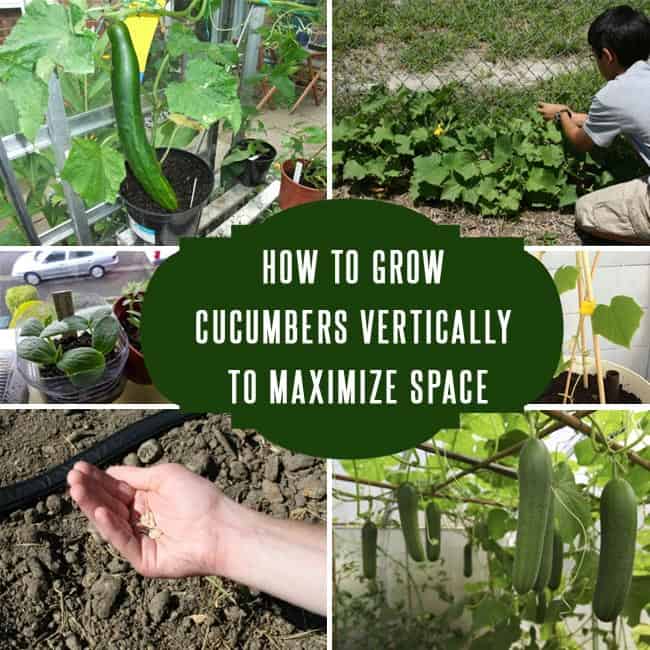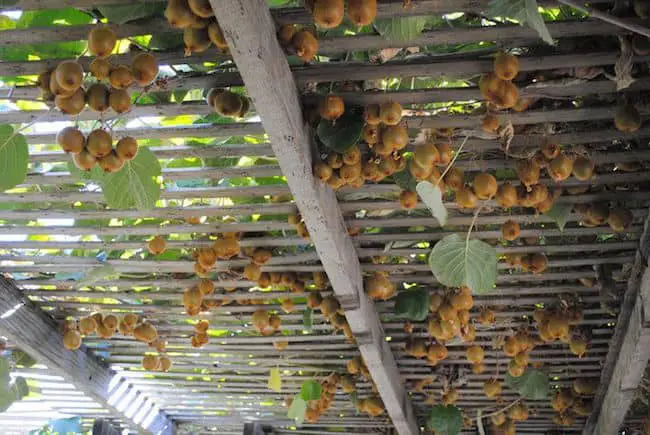How to get Rid of Cabbage Worms Organically
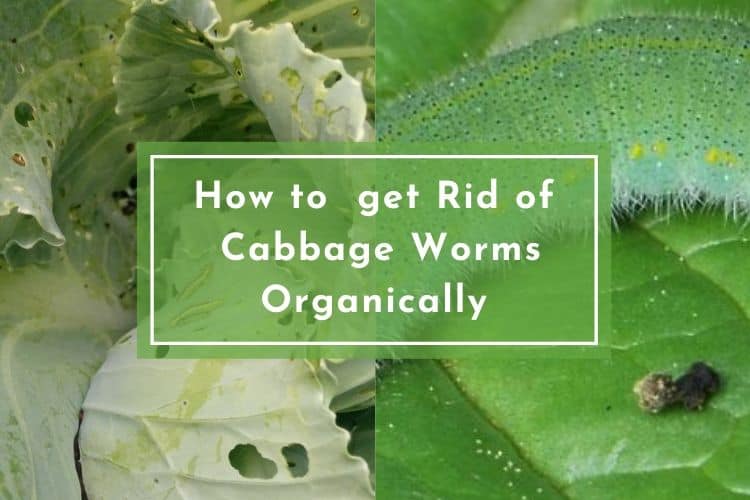
Learning how to get rid of cabbage worms is important if you are planning to grow cabbages in your garden. Cabbages are among the easiest vegetables to grow at home. Unfortunately, they are prone to pests, most especially worms. It’s frustrating to see those tiny worms attacking the fruit of your labor. Aside from ruining the look of your beautiful cabbages, these worms are also devastating to small and tender seedlings. They will continue to grow and feed on your cabbages for several weeks until they are old enough to transform into a moth.
Thankfully, there are many organic ways to get rid of cabbage worms from your garden. That way, you don’t need to use those pesticides that contain harmful chemicals that can be damaging to your plants and the environment.
[toc]
Image Credit: TheSpruce
What are Cabbage Worms?
Cabbage worms refer to those tiny species of small green caterpillars. As the name suggests, these worms are easily attracted to cabbages. They also attack those vegetables belonging to the brassica family, such as the kale, broccoli, brussels sprouts, turnip greens, and mustard greens.
Some of these cabbage worms are larvae of tiny white butterflies that you’ll find flying all around your garden during the day. These white butterflies are often called the cabbage moths or cabbage whites. The cabbage moths will not directly damage the plants themselves. It is the larvae or worms that do the job. So if you notice some tiny white butterflies flying all over your garden, they probably are laying eggs and producing those destructive worms. Once they land on the leaves, the cabbage moths will bump their butts and deposit the eggs that will later on hatch into worms.
9 Organic Ways to get Rid of Cabbage Worms
1. Use Row Covers

Image Credit: Gardening Know How
One of the most effective ways of how to get rid of cabbage worms organically is to protect your plants with row covers. Also known as “floating row covers,” these covers can effectively block all kinds of pests from getting into your cabbages, especially the cabbage worms. You should be able to build these floating covers easily using insect netting and hoops. And when it’s time to harvest, you can just pull the cover material and leave the hoops in the garden. You may be able to purchase these row covers from a nursery if you don’t want to build it yourself.
2. Make Your Own Natural Repellent Spray
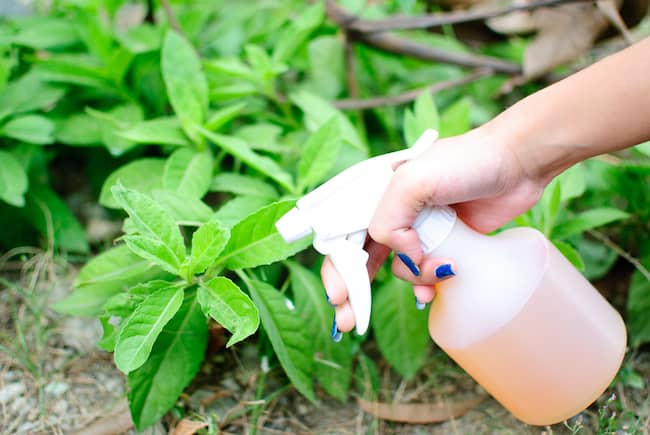
Image Credit: Wikihow
Making your own natural repellent spray is a popular cabbage worm home remedy. The natural spray is easy to make and the ingredients are easily available. You only need cayenne pepper and garlic as both ingredients are effective at driving the cabbage worms away. Simply blend both ingredients together and add a small amount of water to come up with the repellent. Spray this directly into the undersides of the cabbage leaves.
3. Remove By Hand
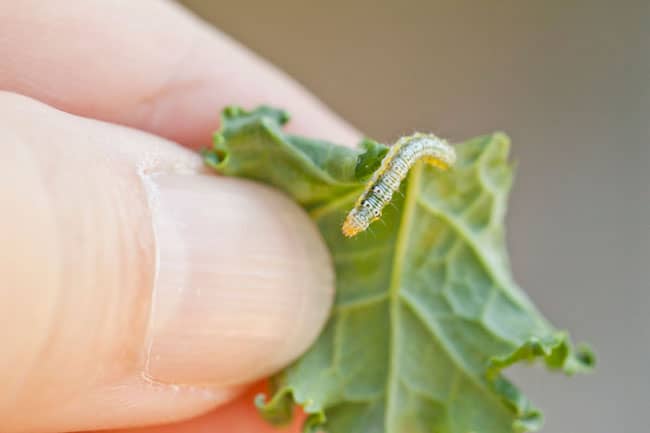
Image Credit: Gardening Know How
If you’re comfortable with manually handling insects, then go ahead and remove those pesky worms with your hands! Manual removal is certainly one of the best ways of how to get rid of cabbage worms in the most natural way. So the next time you go over your cabbage plants, give them a closer look to see if there are worms in there. Squish or remove them immediately the moment you see them. If you feel squeamish about using your bare hands, then wear a pair of gloves.
4. Apply Polyculture and Companion Planting
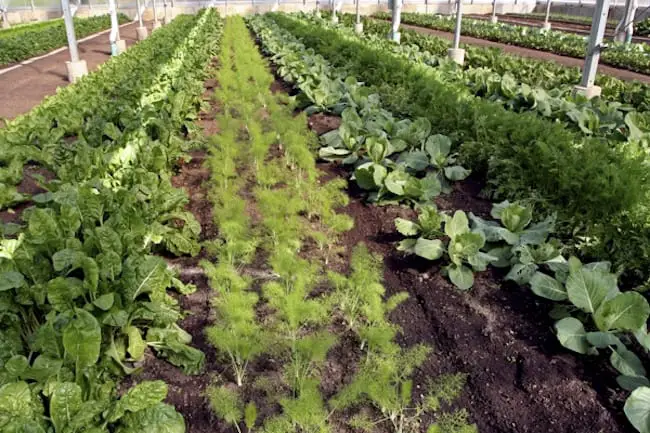
Image Credit: Gardenerdy
Polyculture means growing different varieties of plants in your garden. This will create biodiversity, which maintains balance and attracts more beneficial insects into your crops. In addition, polyculture helps to minimize the risk of widespread devastation brought about by pests, such as the cabbage worms. When it comes to companion planting, it is best to interplant companion plants with crops that are pest-prone. For instance, you can grow garlic and onion along with the cabbages to deter cabbage pests.
5. Introduce Beneficial Insects
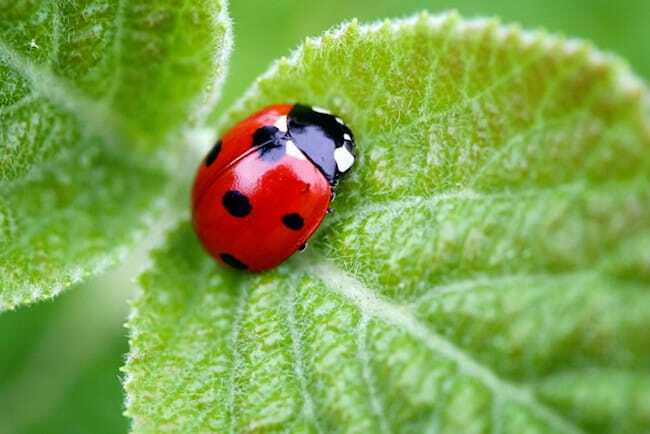
Image Credit: Roafourseasons
Not all insects are bad for your crops. There are also beneficial insects that you can introduce to your cabbages that can help drive the cabbage worms away. These worms tend to lay their eggs on top of other arthropods such as caterpillars and their pupae. Thus, they are the best pests to use against cabbage worms. When the eggs hatch, the wasp larvae will feed on the caterpillar and will end up killing it before it transforms into a worm.
6. Sprinkle Diatomaceous Earth Powder
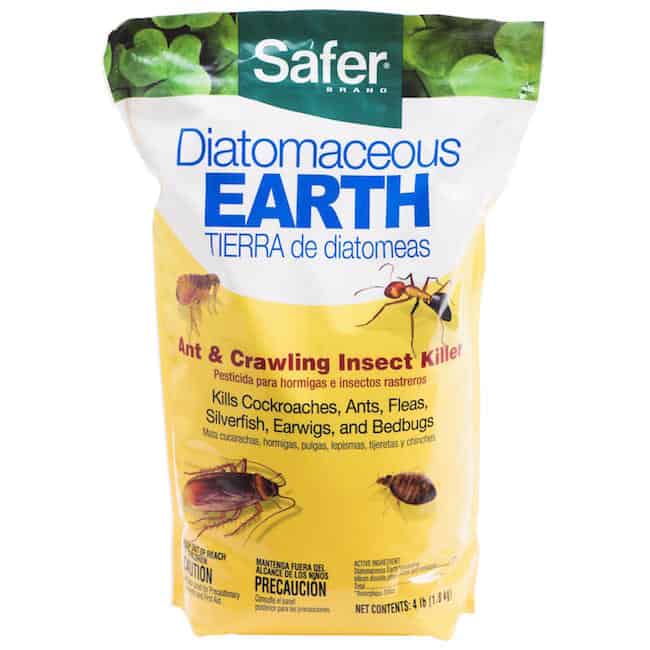
Image Credit: Amazon
The diatomaceous earth powder is a popular white cabbage moth organic control that you can sprinkle into the cabbage plants the moment you detect the presence of cabbage worms. This powder is a type of sand that’s produced from fossilized algae and would pierce into the body of the worms until they are killed. You can purchase this powder from your local nursery or buy it online.
7. Dust Soil with Cornmeal
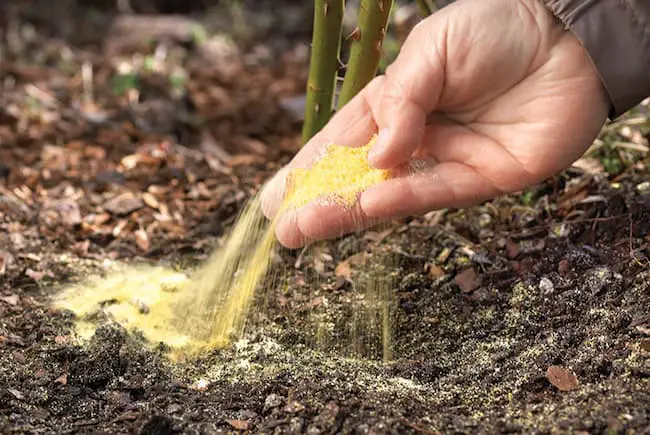
Image Credit: Gardengate Magazine
If you don’t have the diatomaceous earth powder, you can use cornmeal instead. Simply dust the cornmeal into the soil or on any of the affected cabbage plants. When the cabbage worms end up eating the cornmeal, they will swell up and die eventually. If you don’t have cornmeal, you can use all-purpose flour as an alternative. It should do the trick.
8. Spray with Neem Oil Extract
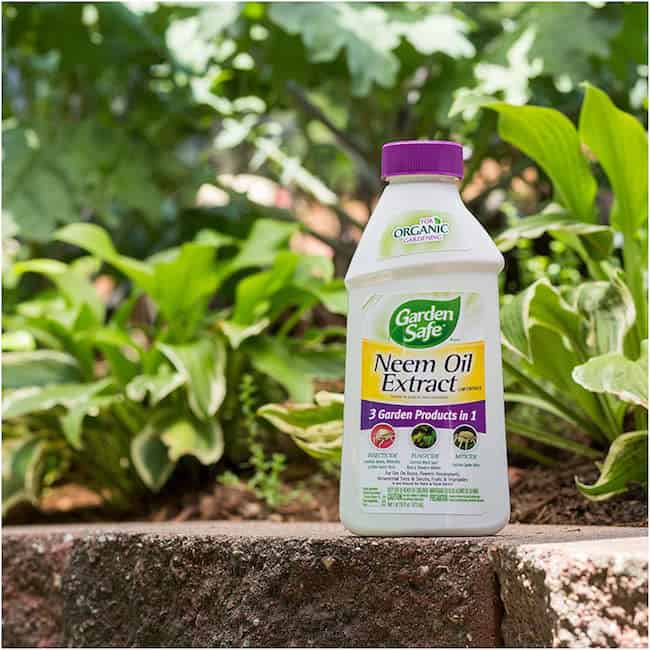
Image Credit: Amazon
Extracted from the seeds of the Neem tree that’s native to India, neem oil is another popular method for killing cabbage worms. To use neem oil for cabbage worms, simply spray the oil directly into the plants. The oil is effective at controlling soft-bodied insects like cabbage worms. Once the body of the worm gets into contact with neem oil, their production and feeding will be interfered with, which eventually kills them. Aside from cabbage worms, neem oil can also be used to kill thrips, aphids, spider mites, scale, mealybugs, whiteflies, and other tiny insects that are soft-bodied.
9. Plant Purple and Red Plant Varieties
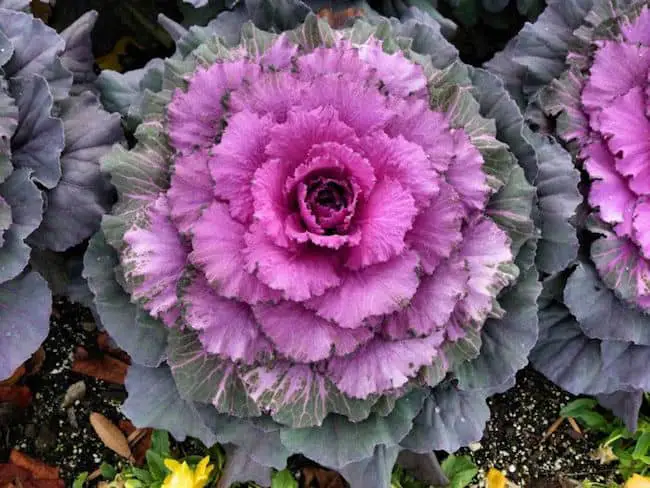
Image Credit: Pinterest
Pests are not easily attracted to vegetables that are either red and purple. You will mostly find them in green leafy vegetables, such as cabbages. So if you really want to grow cabbages in your garden but don’t want to attract those pesky cabbage worms, consider growing the purple or red varieties. One of the possible reasons why these worms would avoid them is because it’s difficult for them to hide since their color won’t blend in. If they will attack these purple or red-colored veggies, they will become an easy target for predators and it will be easy for humans to spot and kill them.
Cabbage Worms FAQs
Q1: What Do Cabbage Worms Eat?
A1: The cabbage worms are called as such because they love to feed on cabbages. But aside from cabbages, these worms can feed extensively on cauliflower, collards, Brussels sprouts, mustard greens, kale, radishes, turnip greens, rutabagas, kohlrabi, and broccoli. They will happily eat away at the leaves of the cabbages or the heads of broccoli without being noticed. These tiny worms will feed broadly on foliage leaving the plants with only stems and large veins.
Q2: What If You Accidentally Eat a Cabbage Worm?
A2: Since cabbage is a popular ingredient for salads and is often served raw, it’s common for people to end up accidentally eating the cabbage worms. Sometimes, no matter how often you wash the cabbages, the worms will linger to it. And since it has the same color as the leaves, they are difficult to detect. Thankfully, these worms are not harmful to humans. So if you ended up accidentally eating the cabbage worms, there’s no need to panic. These worms are harmless.
Q3: Where does Cabbage Worms come from?
A3: Cabbage worms actually came from those butterflies that feed on nectar. These tiny butterflies would then lay eggs on the cabbages and when these eggs would hatch, the cabbage worms will be formed. Usually, the eggs will hatch after 5 to 7 days and the worm will feed voraciously on the cabbages, leaving holes to develop on the leaves.
Q4: Are Cabbage Worms Harmful?
A4: Cabbage worms will happily eat the cabbages away and will leave plenty of holes on the leaves. There is no need to be overly concerned if you are seeing holes in your cabbages and other veggies. The plants can withstand the leaf loss without any consequences. However, it is during the seedling establishment and early head formation that the cabbage worms can cause drastic damage to the plants. If you don’t remove the worms, the growth and yield of your cabbages will be greatly affected.
Final Thoughts
Cabbage worms may seem harmless, but it’s important that you get rid of them. These worms could affect the growth and yield of your new plants. As you can see above, there are many ways on how to get rid of cabbage worms naturally. With these tips, you don’t need to use pesticides that contain harmful chemicals to keep your cabbage plants protected. Thus, you would be able to produce organic and healthy cabbages while protecting your crops from these annoying pests.

